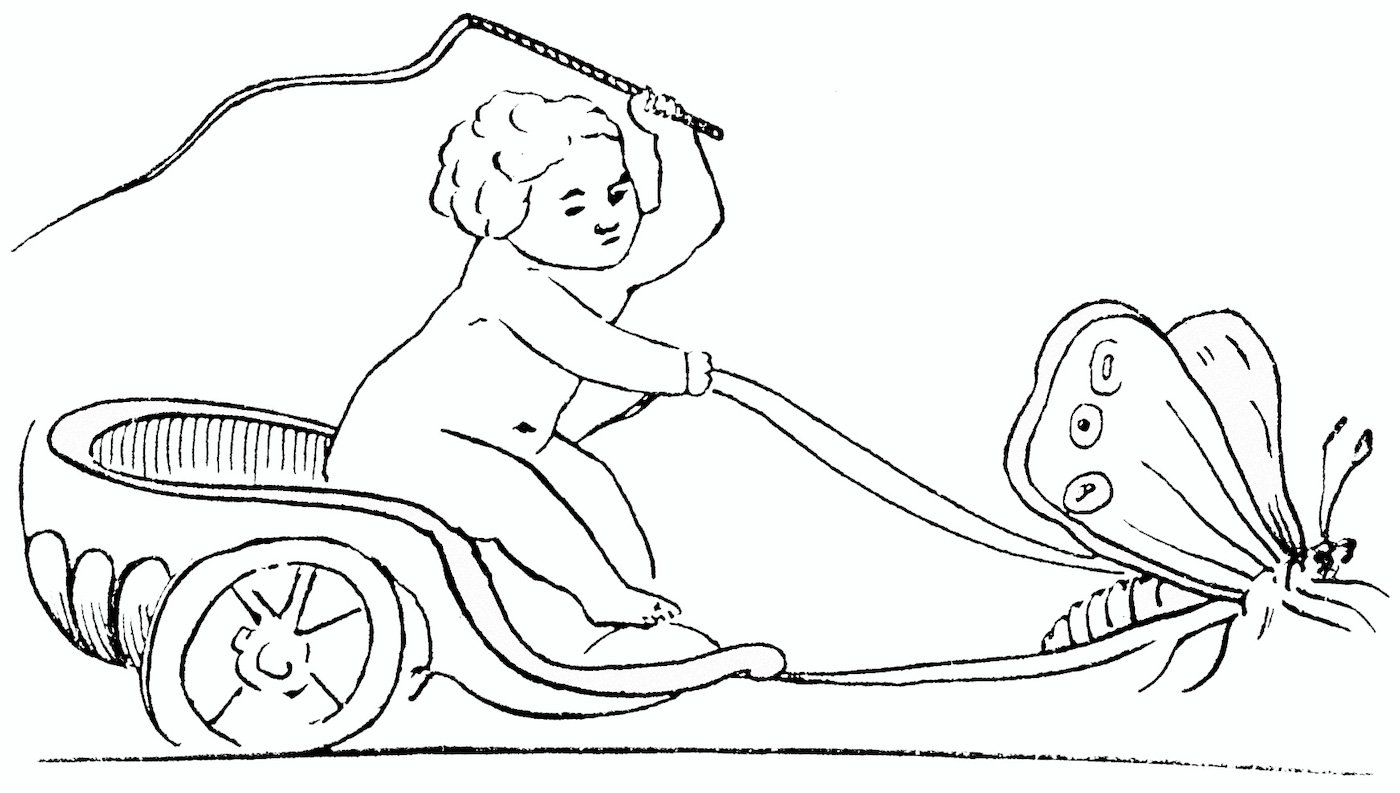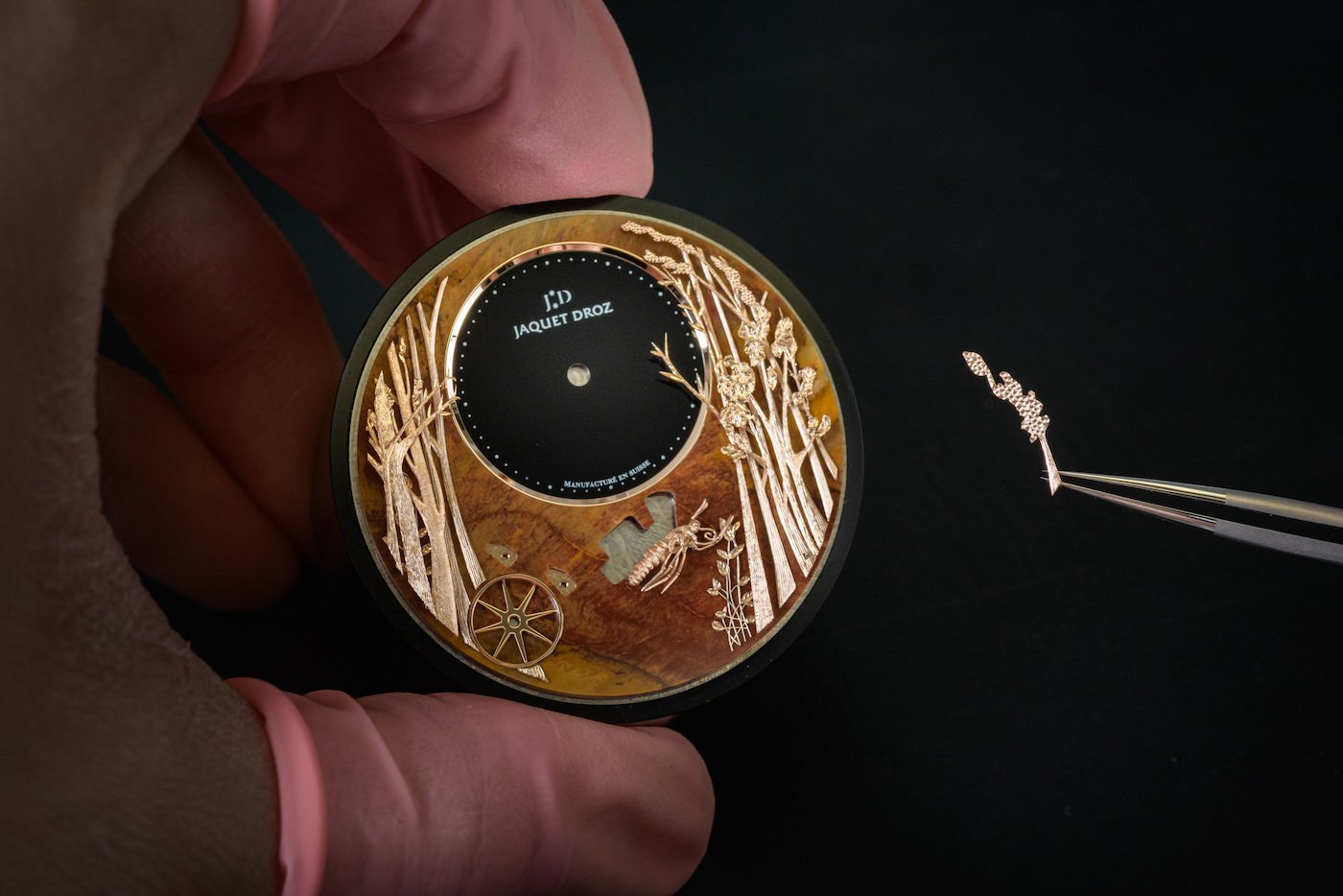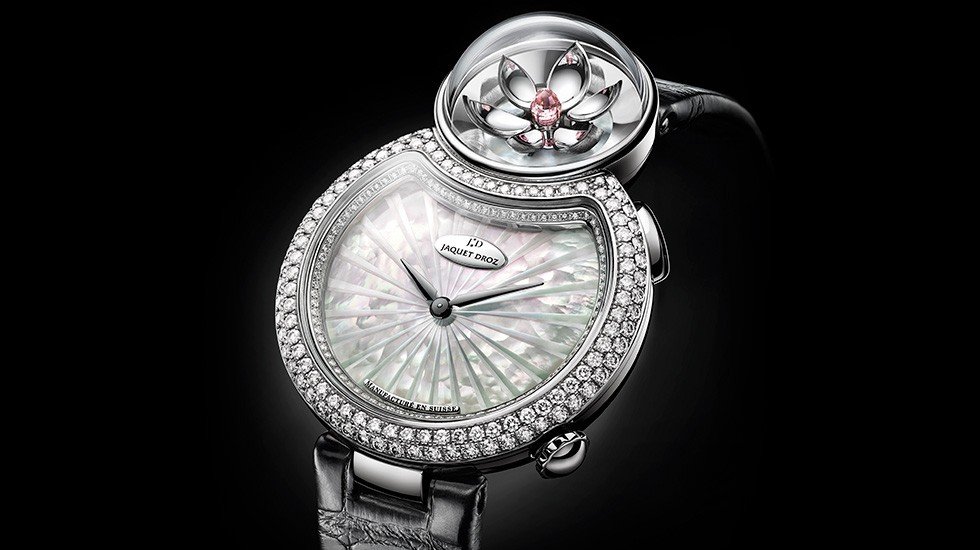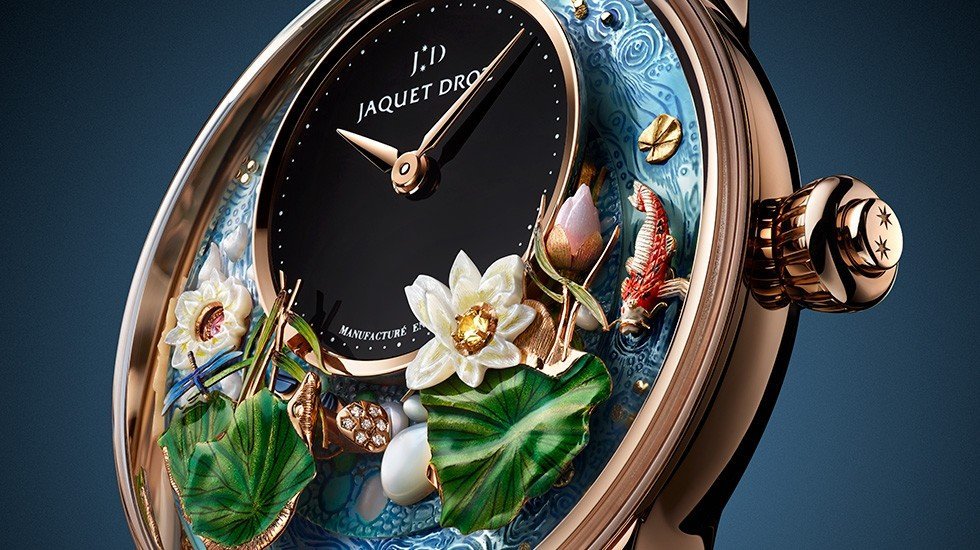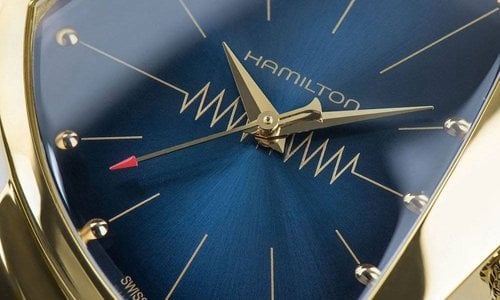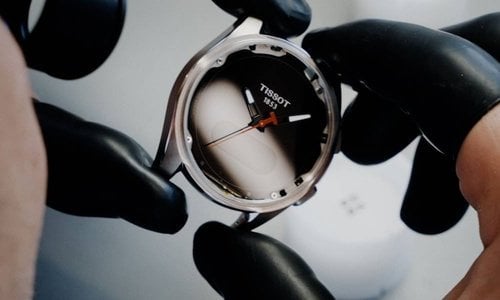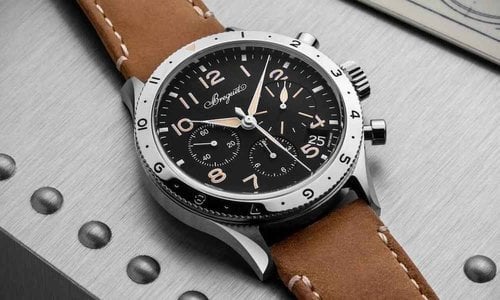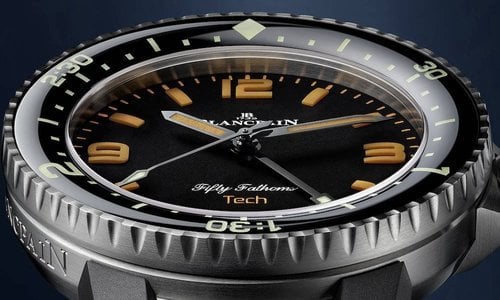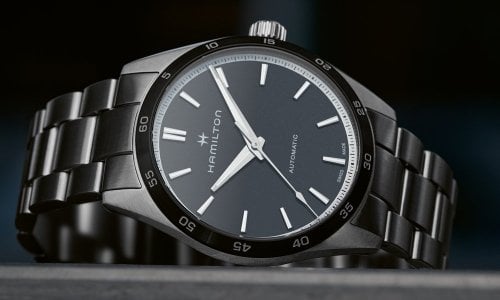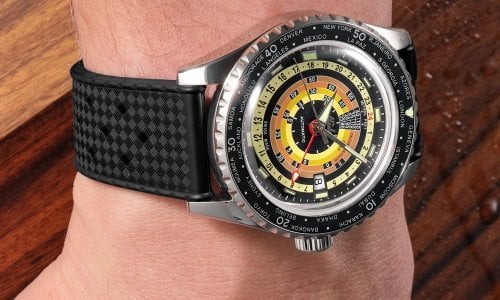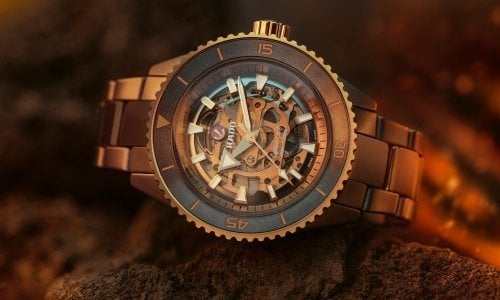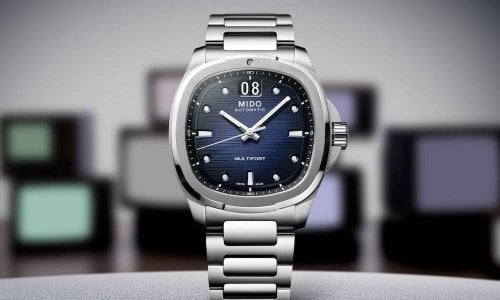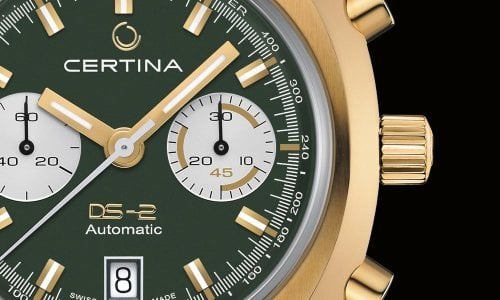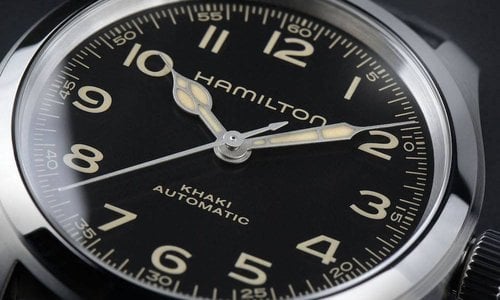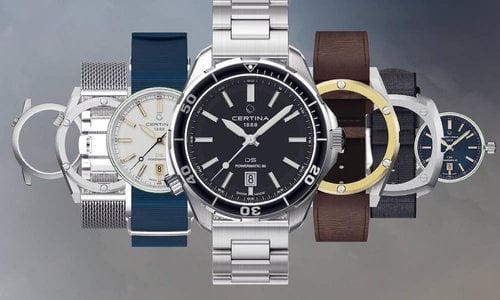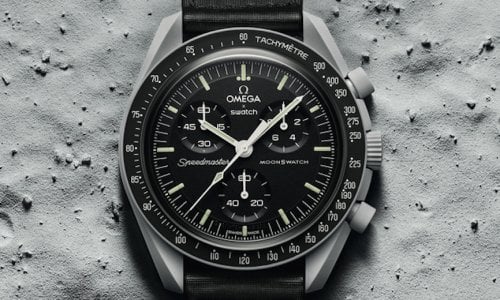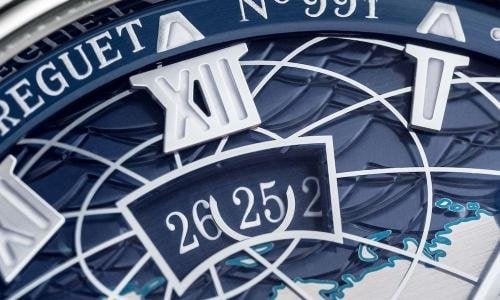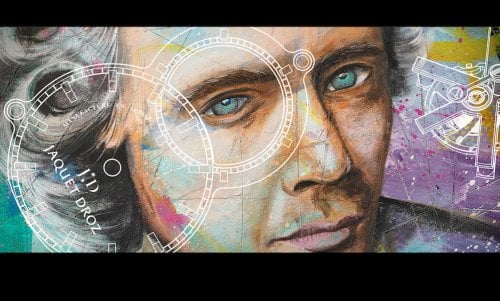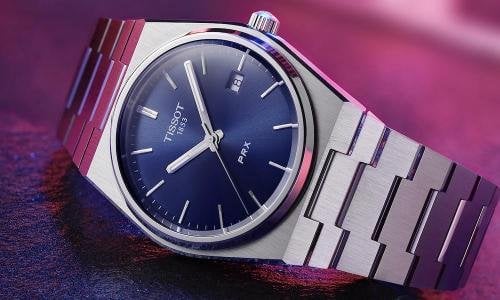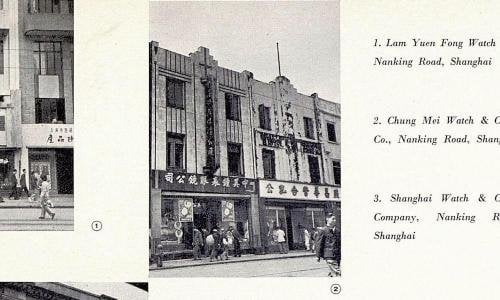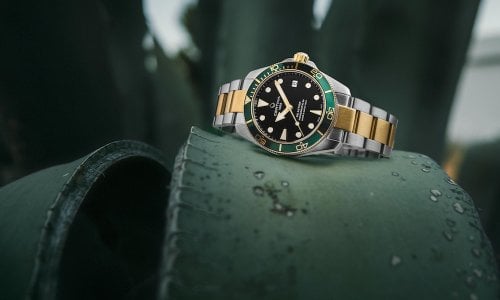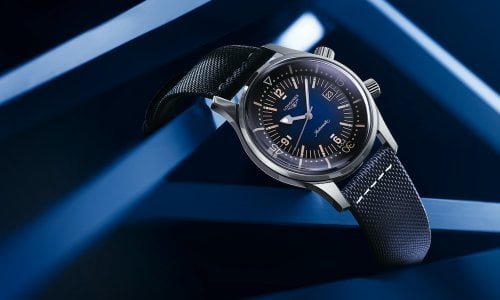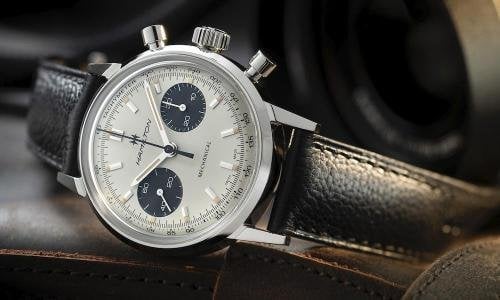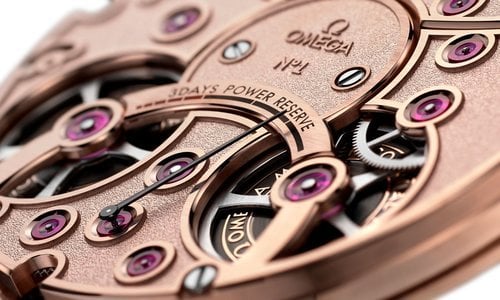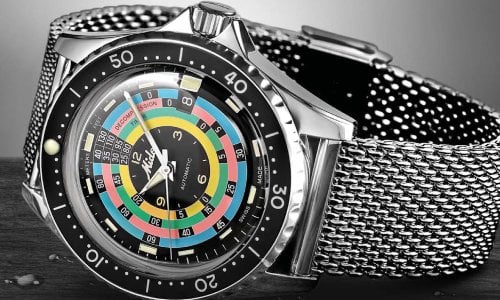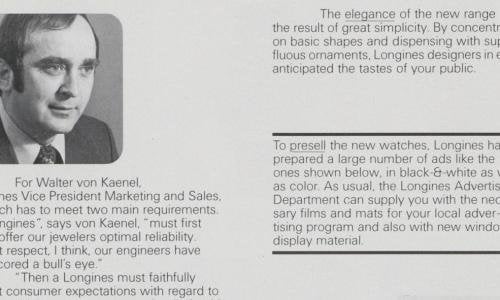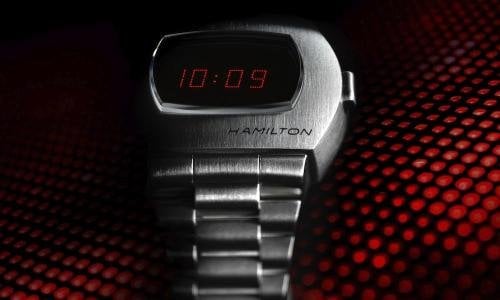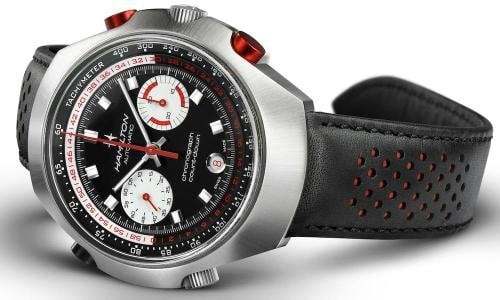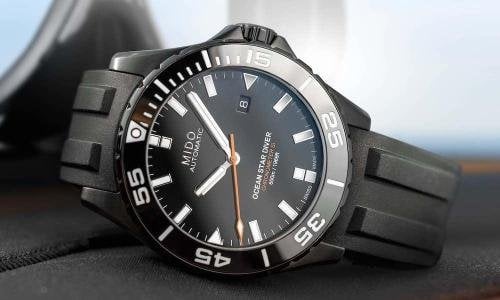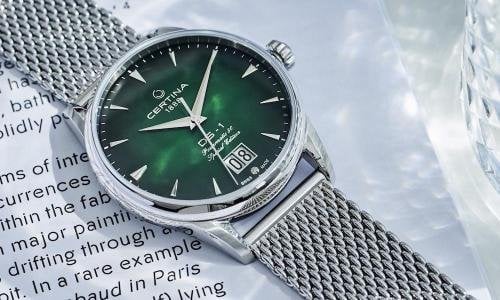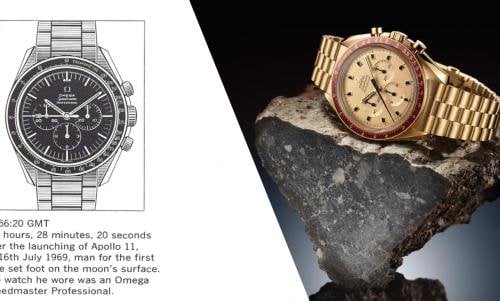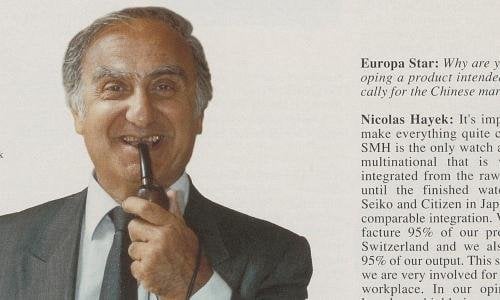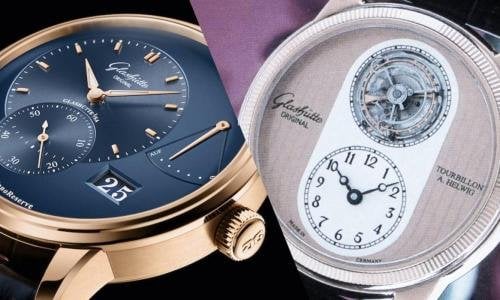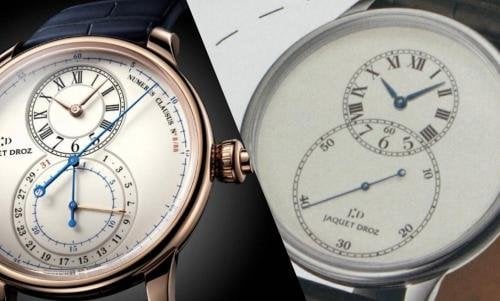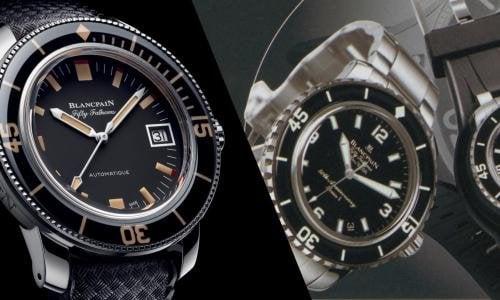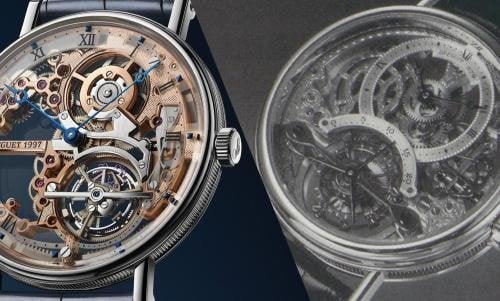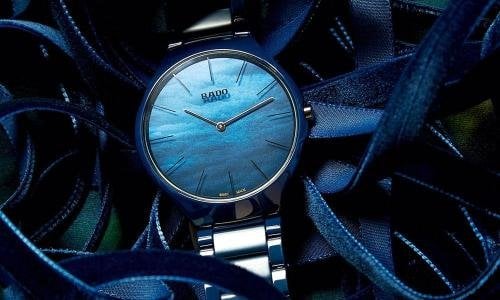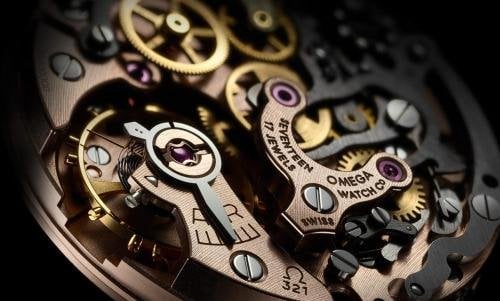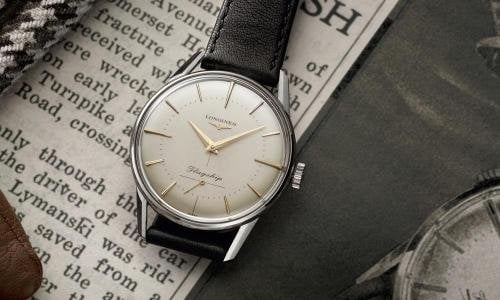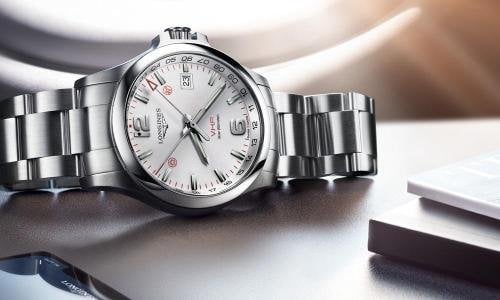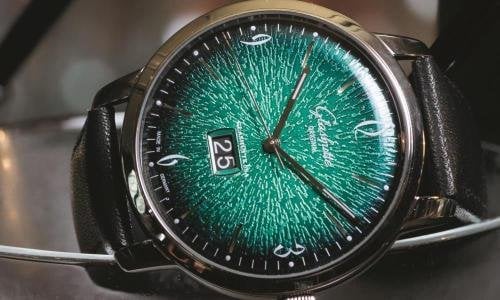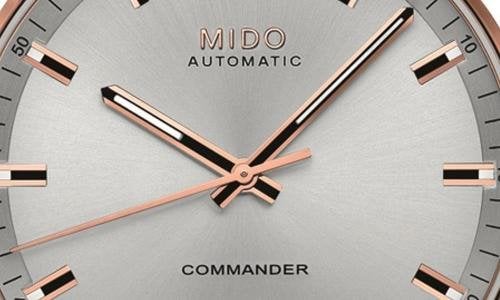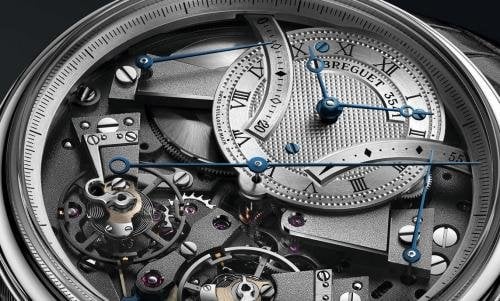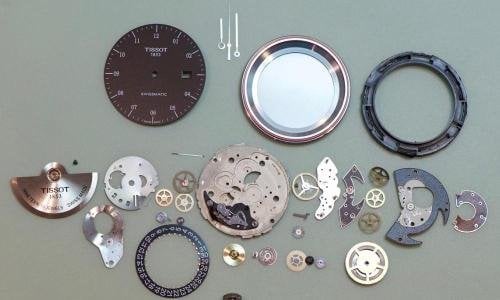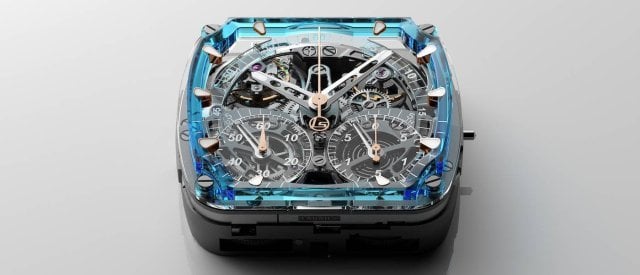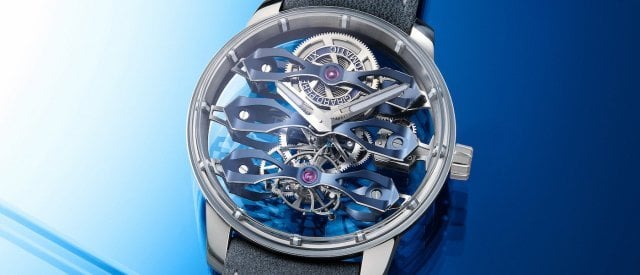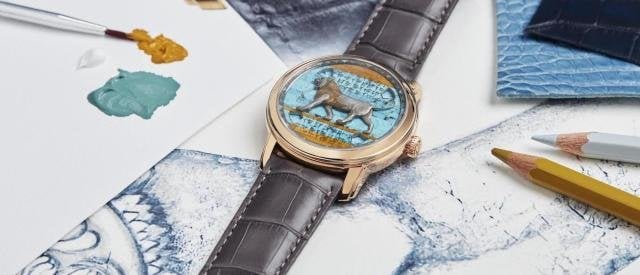obot: The Human Project” is the intriguing title of an exhibition that will open on 26 November at the MUDEC (Museo delle Culture) in Milan. At a time when the co-dependent relationship between man and machine has become a daily debate (further accelerated in recent months by the pandemic-led lockdown), it is good, even vital, to question the origins of robotics, algorithms and artificial intelligence.
This is exactly what the MUDEC aims to do, introducting its exhibition as follows: “From the first mechanical devices of ancient Greece to the new frontiers of artificial intelligence, man has always been attracted to the idea of creating an artificial fellow creature. The exhibition tracks the relationship between human beings and their doubles, revealing to the public the results achieved so far, the extraordinary technological developments and the frontiers of contemporary robotics and bionics.”
Visitors will be able to interact with “cobots”, collaborative robots capable of recognising and transmitting emotions.
This exhibition, created in collaboration with leading research institutes, aims to “offer a key for the future, with an immersive approach with a technical-scientific, anthropological and artistic scope, revealing how the interaction between man and machine is becoming more and more real.” Visitors will be able to interact with “cobots”, collaborative robots capable of recognising and transmitting emotions.
Almost three centuries ago, in 1721, in the Jura mountains, a man was born who would go on to design automata with the ability to elicit particular emotions. In a corner of the Jura well-versed in advanced mechanics, Pierre Jaquet-Droz was a pioneer of robotics.
Among his works, L’Ecrivain (the writer), Le Dessinateur (the draughtsman) and La Musicienne (the musician), presented in La Chaux-de-Fonds in 1774, marked a historical turning point: they were among the first real androids, and they delighted the European courts of the time. It was only natural that some of Pierre Jaquet-Droz’s creations should be included in the MUDEC exhibition.
“From the first mechanical devices of ancient Greece to the new frontiers of artificial intelligence, man has always been attracted to the idea of creating an artificial fellow creature.”
Through what it calls the “art of wonder”, the brand that bears the name of Pierre Jaquet-Droz continues to summon his spirit to navigate the troubled circumstances the world is facing in 2020. We interviewed Christian Lattmann, CEO of Jaquet Droz.
-

- Christian Lattmann is the CEO of Jaquet Droz. Before joining this brand, he held various positions within the Swatch Group, at Longines, Omega and Breguet, of which he was Vice-President.
Europa Star: Which automata will you lend to the MUDEC in Milan as part of their exhibition “Robot: The Human Project”?
Christian Lattmann: We have selected some exceptional pieces from our museum collection: a songbird, a cage with animated birds, as well as a pocket watch with a songbird from the end of the 18th century. And also, closer to the present day, the “Poet” automaton that we created in 2018. The MUDEC officials contacted us because they were looking for contributions to enrich their collections on robotics.
Very early on, the Jaquet-Droz family developed a scientific, artistic and mechanical approach to copying living things. The exhibition will also initiate the festivities linked to the 300th anniversary of the birth of Pierre Jaquet-Droz in 1721. The message we wish to convey is that Jaquet Droz has been designing timeless works of art, which have their rightful place in the world’s greatest museums, for almost three centuries.
“This exhibition at the MUDEC will also initiate the festivities linked to the 300th anniversary of the birth of Pierre Jaquet-Droz in 1721.”
-
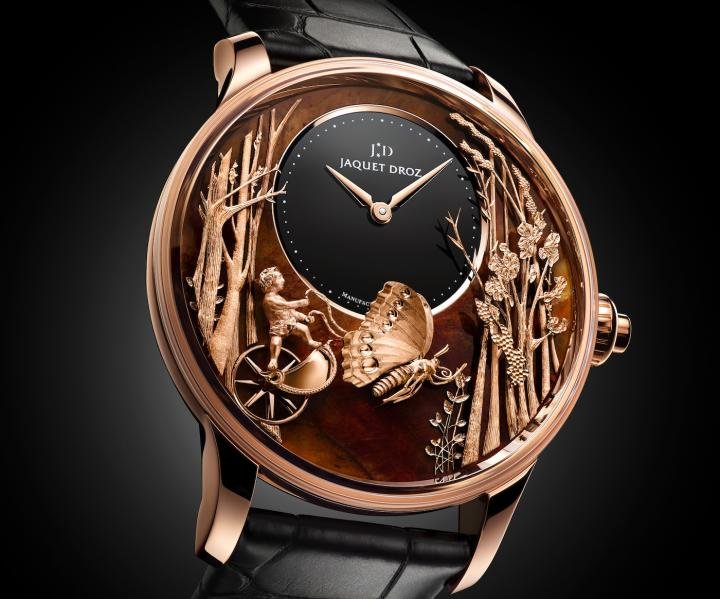
- After the success of the onyx and meteorite variants, Jaquet Droz launched a new version of its Loving Butterfly Automaton this year. The dial is made of a wood petrified 140 to 180 million years ago called Chinchilla Red. The animated objet d’art is inspired by a drawing entitled Butterfly Driven by Love, which was sketched in 1774 by The Draughtsman, an automaton created by Henri-Louis Jaquet-Droz (see cover image of the article).
It’s been ten years since you revived the tradition of automata. What made you return to this theme?
In 2010, during the event announcing our partnership with the Association Automates et Merveilles, dedicated to the Jaquet-Droz family’s creations, many customers asked us if we could recreate automata in such a way that they could be worn on the wrist. This was not without its challenges, in terms of miniaturisation of the calibre, ornamental decoration, and shock resistance! Two years later, we introduced our first model of this kind, the Bird Repeater, which is still very much appreciated by collectors today.
-
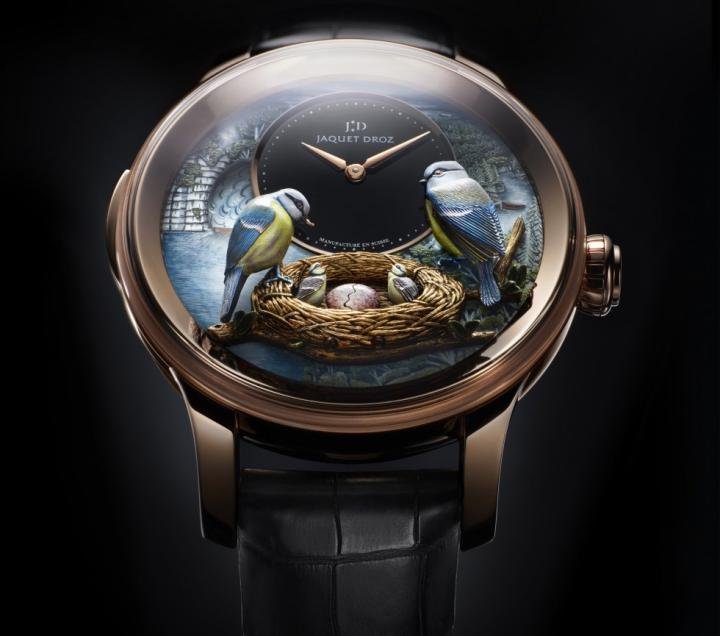
- The Bird Repeater was the first wristwatch automaton, introduced by Jaquet Droz in 2012. It represents a pair of blue tits, a symbol of Pierre Jaquet-Droz’s native Jura region, over a nest containing their fledglings. No fewer than eight different animation mechanisms act synchronously.
The 20th century output of the Jaquet Droz brand was very different from what we know today.
It operated as a network: in the 1950s and 1960s the Jaquet Droz name was used by various manufacturers in the region (see below). At that time, however, there was no real link with the origins of the brand. Then, in the 1990s, a first series of automata was relaunched, but without any connection with watchmaking [they were more closely related to the work of François Junod, a contemporary automaton maker – Ed.].
In 2000, Swatch Group bought the brand and gave it a real identity by making the Grande Seconde its emblem. The creation of automata was relaunched in the form of wristwatches ten years later, as we were developing our Ateliers d’Art by recruiting engravers, painters, enamellers, etc. This is the story we are going to tell in a book to be published next year. We are also going to fund the renovation of the room in the Neuchâtel Museum of Art and Historywhere Pierre Jaquet-Droz’s three most famous automata are exhibited.
-
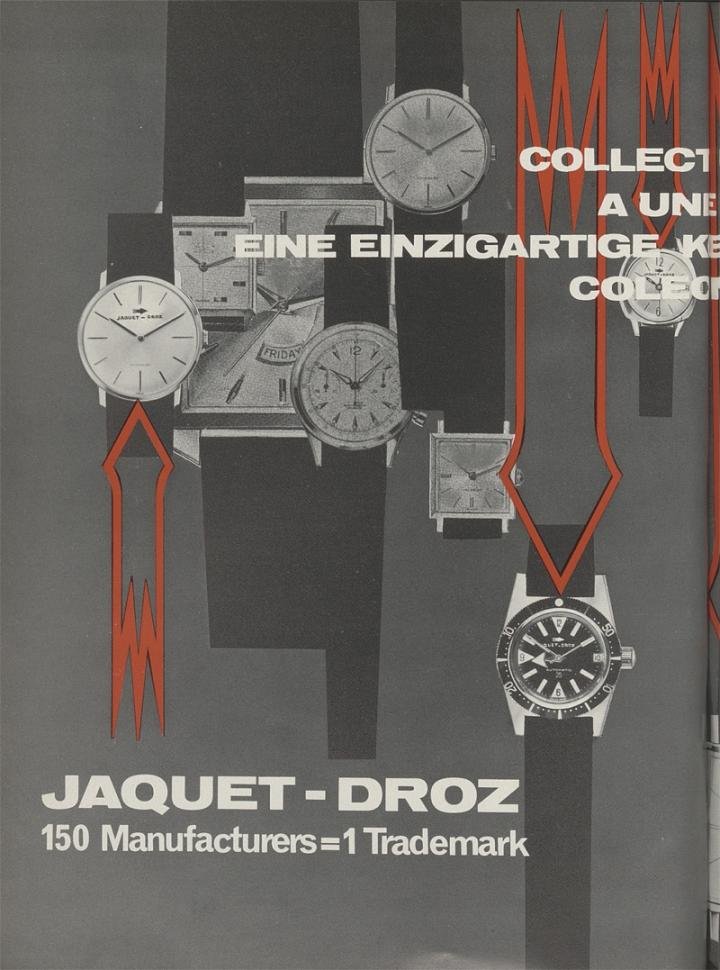
- When Jaquet-Droz had 1,000 models: an archive piece from Europa Star dating back to 1965. At that time, no fewer than 150 factories, united under the Cooperative of Swiss Watch Manufacturers, marketed their products under the shared name of Jaquet-Droz.
- ©Europa Star 2/1965
How can Pierre Jaquet-Droz still inspire us today?
Our brand brings modern aestheticism to the horological tradition. We do not copy what Pierre Jaquet-Droz did in the past, but we reinterpret his philosophy and above all we continue to create. We have distilled this shared spirit into one formula: the “art of wonder”. Whether in his 18th century androids that reproduce a form of “mechanical otherness”, or today’s miniature soundscapes that can be worn on the wrist, the effect of wonder is the same. Today we could call this, perhaps rather prosaically, the “wow factor”!
“Whether it’s 18th century androids or contemporary miniature soundscapes on the wrist, the effect of wonder is the same. Today we would call it the ‘wow factor’!”
Like him, we do not create volume; we create exclusive objects, primarily for the purposes of emotion. We have our own very specific segment. It is not a question of reproducing exactly what has been done in the past, but of respecting this spirit, this ability to awaken the senses.
The first Bird Repeater model in 2012 was followed by several more wrist automata. What were the main milestones of this horological journey?
A crucial piece was certainly the 2015 Charming Bird, which displays a more contemporary aesthetic than the Bird Repeater. This model, which has received numerous awards including at the GPHG, has given this type of object a real facelift. In addition, we innovated in terms of sound: it is the first whistling bird automaton, as the bellows system has been replaced by pistons. In 2017 we presented the Tropical Bird, whose eight pieces sold out in eight months: its beauty and its seven animations, including a hummingbird that beats its wings 40 times a second [in nature, a hummingbird beats its wings 80 times a second – Ed.], leave no one indifferent!
“The Charming Bird of 2015, with its more contemporary aesthetic than the Bird Repeater, has given this type of object a real facelift.”
The models that followed, including the Lady 8 Flower, the Loving Butterfly and the Magic Lotus Automaton in 2019, show what we can achieve on our own playground. With seven automata in this collection in eight years, we have invested heavily in R&D. The “sympathy capital” of these works of art, which evoke the wonder of childhood, is enormous. We regularly produce limited series with different landscapes and themes, each one telling its own story. All our designs are made in-house and our craftsmen are integrated into the creative process from the very beginning of the projects.
How are the themes for the automatons decided? You could imagine many different topics – and collectors certainly ask you to do so – but you continue to focus on very specific ones, such as birds and flowers.
These poetic themes were very dear to Jaquet Droz, whose influences in the age of Enlightenment came mainly from nature, and birds in particular. His ambition was to copy the living and to awaken the senses by playing around with the optical illusions, sound effects and mechanical prowess found in his creations.
We are always pushing this challenge further, for example with the wings of the butterfly on our Loving Butterfly model; their beat is asymmetrical, which gives the illusion that they are emerging from the dial. All the elements of the dial are entirely hand-engraved and suspended using a patented technique. The theme comes directly from one of the sketches made by Pierre Jaquet Droz’s Draughtsman android. We have also innovated with the materials of this model by using petrified wood, dating back 150 million years, for the dial. In addition to its organic aspect, this element suggests the relativity of time... and a form of timelessness in our models!
These exceptional and often quite exuberant products are particularly popular with Asian customers. Given the way in which global market conditions have completely changed this year, how do you intend to seduce customers with more conservative tastes?
I would like to point out that our link with China is very ancient, as our status as the first Swiss watchmaker allowed into the Forbidden City in Beijing during the Qing Dynasty attests. The Emperor appreciated Jaquet-Droz’s creations. But it is true that our automata are less well known elsewhere in the world, although their popularity is growing on all continents, particularly in Europe. To appreciate them, it is important to be able to touch and see them, and for this reason we organise local events to present our new products.
In the United States, we have just started to sponsor the Horological Society of New York. Many people are still not familiar with the history of Jaquet Droz, particularly as that history has been interrupted several times. And when they discover it, they often decide they want to know us better. We carry out fieldwork with local customers through the “pillars” of the brand.
What are those pillars?
We focus on three main lines: the Grande Seconde, which is our iconic modern collection, the Automata, and the Ateliers d’Art, which make the most of our wealth of craftsmanship. The Automata represent the top of the Jaquet Droz pyramid, they are true ambassadors of our output. Jaquet Droz has always been a luxury brand producing very exclusive creations. All our components are made in Switzerland, most of them in La Chaux-de-Fonds, and the movements come from the Vallée de Joux. As everything is hand-made and in small quantities, it is difficult to reduce costs. So our positioning is particularly high.
“The key decision was to turn Jaquet Droz into a Haute Horlogerie workshop that carries out top-of-the-range assembly and fine handcrafted decoration with its own design and R&D office.”
-
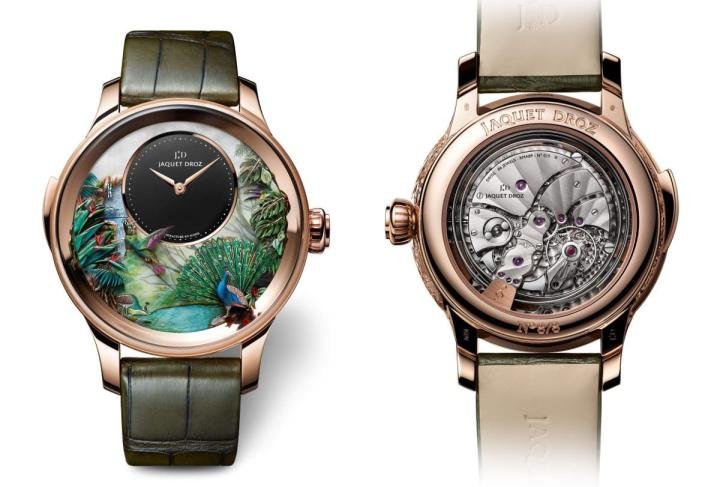
- The Tropical Bird Repeater model with hand-engraved and hand-painted white mother-of-pearl dial and black onyx subdial. Automaton animation with peacock, tropical leaves, hummingbird, toucan, dragonflies and waterfall.
Is the pandemic crisis leading you to consider positioning yourself even higher? This episode seems to be accelerating the fall in volumes and the subsequent rise in the positioning of Swiss watchmaking.
We are far too modest to talk about Swiss watchmaking as a whole. We want to continue building our brand. We will remain a company with a strong and very creative identity, and we will continue to develop our reputation. We want to be the best in our segment, which is very specific and requires a very specialised and loyal team. Our watchmakers, enamellers and engravers are craftsmen who have developed exceptional know-how. With our President Marc Hayek, the decision was taken not to turn Jaquet Droz into a fully vertical manufacture, but into a Haute Horlogerie workshop that does top-of-the-range assembly and fine craft decoration with its own design and R&D office.
This strategy has enabled us to focus on the development of our Ateliers d’Art and to continue to innovate. We have also been able to preserve some highly specialised crafts such as paillonnage and plique-à-jour. This strategy allows us to be reactive with small series and customisations which are highly prized by our customers. The positive side of this crisis, if there is one, is that we can assert our identity even more.
“The positive side of this crisis, if there is one, is that we can assert our identity.”

